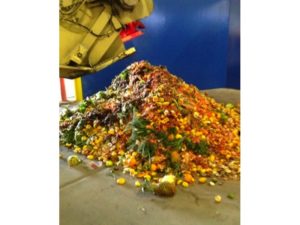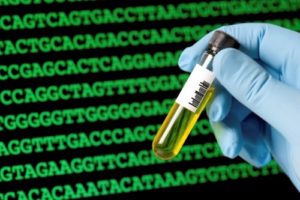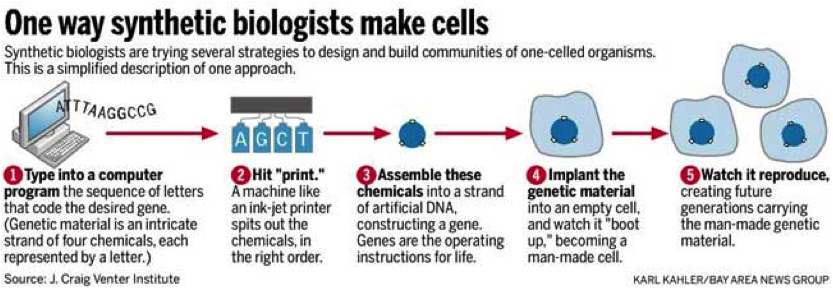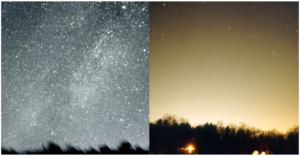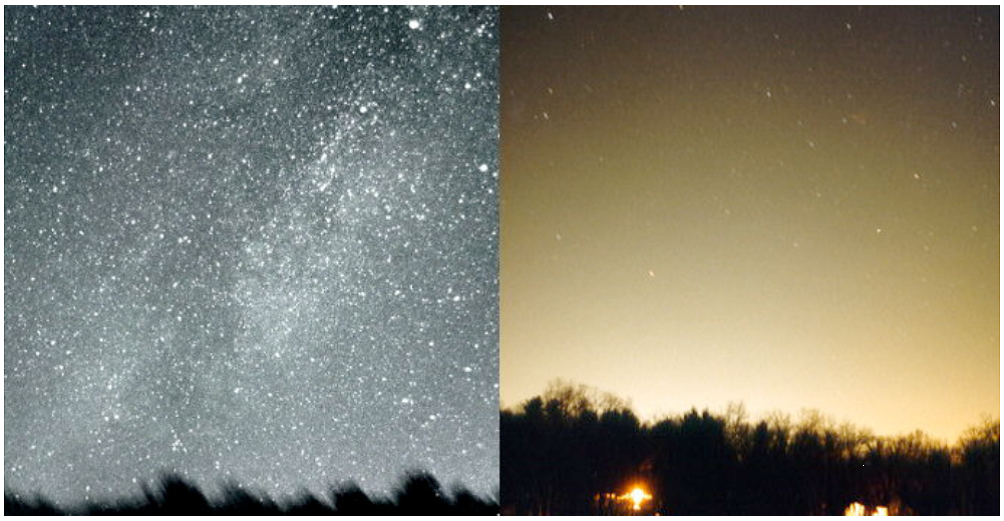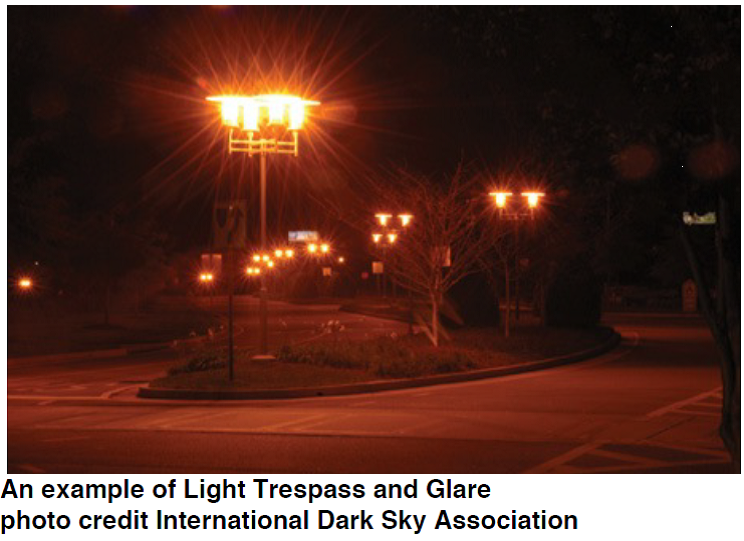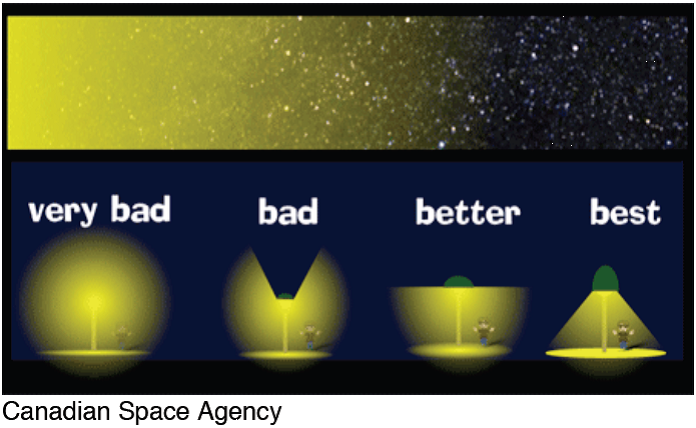As a senior in Drake High School’s environmental studies academy SEA-DISC, one of my many activities is an internship with the local non-profit organization Sustainable Fairfax. Recently I have been working with Sustainable Fairfax on their water program, conducting interviews with various experts on water use, waste water, and watersheds in Marin County and getting a great perspective on these issues. Along the way I also discovered a few other exciting projects that are leading the way to sustainability in Marin.
At the very end of the industrial yet tranquil Anderson Drive in San Rafael, California, something revolutionary is going on. Central Marin Sanitation Agency (CMSA), a regional public organization that manages waste water from San Rafael, Larkspur, San Anselmo, and surrounding areas, has undertaken a project that harmoniously combines waste management and energy production. Better yet – it’s a huge step towards sustainability for the county.
According to the Marin Sanitary Service, about 30% of material in the landfill is food waste. However, about seven years ago and working in tandem with Marin Sanitary Service, CMSA developed a plan that would significantly cut that number, as well as provide renewable energy for the county and reduce landfill emissions of methane, an even more potent greenhouse gas than carbon dioxide.
The process of transforming vegetable peels and fruit rinds into clean energy is actually quite simple. Participating restaurants and markets separate their food waste, which is collected by Marin Sanitary Service and ground into small pieces. Mixed with collected fats, oils, and grease, the material is trucked down the road to the CMSA site and stored in large, sealed tanks called biodigesters. The hot, humid microclimate inside the digesters is perfect for fostering microbes, which eat up the mixture of food and oil wastes and release a low quality form of methane called biogas. After being purified, the biogas can be used to generate electricity. All that is left of the solid waste is a rich fertilizer, which can be used to augment soil for growing food.
The process is one big loop; grocery stores throw out their old produce, food waste is turned into energy and fertilizer, farms use fertilizer to grow food, and the cycle continues with no landfill involved. The initiative will be a vital part of achieving Marin County’s goal of reaching zero waste by 2020.
When I spoke with Jason Dow, General Manager of CMSA, about the future of biogas in Marin County, he was animated. “Currently we run about 18 hours a day on energy produced on-site. […] Within about three years we are looking to be completely energy independent, as well as exporting energy to the county.” Dow said.
By Paige Yeakle, Sustainable Fairfax Intern & member of SEA-DISC- Drake High School’s environmental academy
